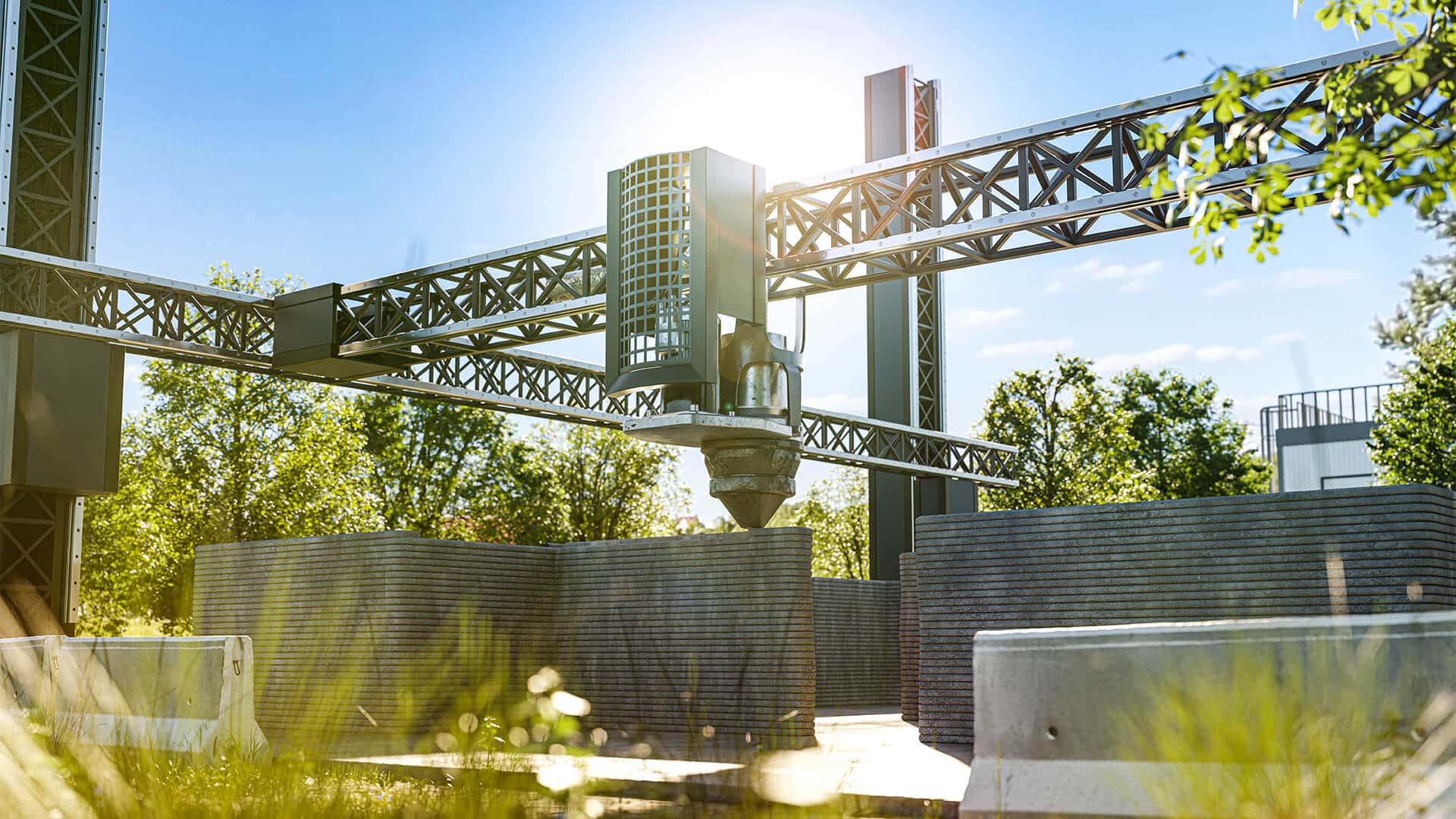In the small town of Kemmerer, Wyoming, Bill Gates and TerraPower—a company he chairs—have launched construction on a next-generation nuclear power plant. Gates envisions this project as a cornerstone of America’s energy future, aiming to introduce a safer, more efficient, and carbon-free power generation method. The facility will utilize a sodium-cooled advanced nuclear reactor, a significant shift from the traditional water-cooled systems that dominate current designs.
“This is a big step toward safe, abundant, zero-carbon energy,” Gates said, addressing the audience at the groundbreaking ceremony.
The company’s chosen site is adjacent to PacifiCorp’s Naughton Plant, which has pledged to cut its own coal-fired energy production by 1,153 megawatts in the next two years, and approximately triple that reduction by 2032. TerraPower’s location underscores a broader movement towards emission-free energy production. , with PacifiCorp considering the incorporation of nuclear power into its future energy mix.
Advances and Challenges
TerraPower’s unique Natrium reactor represents a blend of sodium-cooled reactor technology and molten salt energy storage, promising peak outputs sufficient to power up to 400,000 homes. With an estimated project cost of $4 billion—half funded by the U.S. Department of Energy—the endeavor is viewed as a testbed for more economically viable future reactors.
However, the project faces challenges, particularly regarding fuel supply. The reactor’s reliance on high-assay low-enriched uranium (HALEU) has been complicated by geopolitical tensions, as current commercial supplies are primarily sourced from Russia, according to the Associated Press.
Additionally, recent scholarly critiques have highlighted the potential risks associated with HALEU, though the Nuclear Regulatory Commission (NRC) maintains confidence in its regulatory framework to ensure the safe and secure operation of advanced reactors.
Industrial and Environmental Benefits
Looking beyond electricity generation, TerraPower’s reactors could revolutionize industrial processes by providing high-heat energy for the production of hydrogen, petrochemicals, ammonia, and fertilizers—currently derived from fossil fuels. This capability aligns with broader environmental goals, reducing carbon emissions across multiple sectors.
Bill Gates’s involvement demonstrates a significant endorsement of nuclear energy’s role in combating climate change. As a tech innovator and climate advocate, his push for advanced nuclear technology through TerraPower promises to reinvigorate the nuclear sector and highlight its potential in a future of escalating energy demands and stringent environmental targets. The project not only aims to redefine energy production technologies, but also hopes to inspire global advancements in nuclear energy application and safety.











